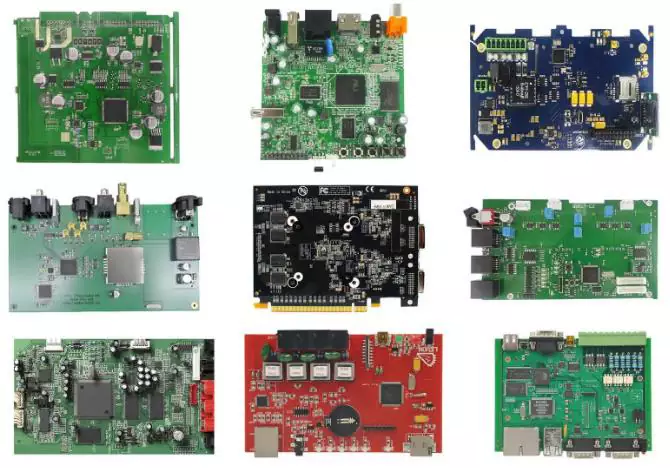SMT processing and production has many processes that need to be paid attention to, especially the issue of solder paste printing. However, there are also many problems that are important but have not been noticed.
However, the purpose of substrate positioning is to allow the solder paste printing machine to automatically identify the corresponding positions of the stencil and the PCB pads, so that the printing window position of the stencil corresponds to the graphic position of the PCB pads, and finally allows the solder paste to be accurately printed on the PCB board. Substrate positioning methods include hole positioning, edge positioning and vacuum positioning.
Analysis of PCB substrate positioning process
When SMT double-sided mounting PCB uses hole positioning, it should be noted when printing the second side that all pins should avoid the components that have been processed by patch mounting, and do not press on the components to prevent damage to the components.
Excellent substrate positioning should meet the following basic requirements: easy to insert and remove bits, no objects with protruding printing surfaces, keep the substrate stable during the entire printing process, maintain or assist in improving the flatness of the substrate during printing, and will not affect the release of solder paste from the stencil.
After the substrate is positioned, graphic alignment is required, that is, by finely adjusting the x, y, and θ of the printing work platform or stencil to make the PCB pad pattern completely coincide with the stencil aperture pattern. Whether to adjust the work platform or the stencil depends on the structure of the printing machine. At present, the stencils of most printing machines are fixed, and this method has higher printing accuracy.
When aligning the graphics, it is necessary to pay attention to the following:
1. The direction of the PCB is consistent with the stencil aperture pattern.
2. The contact height between the PCB and the stencil should be set.
3. The graphic alignment must ensure that the PCB pad pattern and the stencil aperture pattern are completely coincident.
When aligning the graphics, the first step is to adjust the PCB pad pattern and the stencil aperture pattern to be parallel, then adjust x and y, and then repeat the fine adjustment until the PCB pad pattern and the stencil aperture pattern are completely coincident.

PCBA
Reliability of Voids in Circuit Board Processing
The impact of SMT processing voids on reliability is relatively complex, especially the location, size and quantity of voids under the tin-lead solder will have different effects on the reliability of solder joints of different structures. The industry has not yet reached a clear conclusion. There is only one acceptance criterion for voids in BGA solder joints in the IPC standard. Therefore, this paper focuses on the acceptability of voids in BGA solder joints in SMT process.
Research on the reliability of BGA solder joints shows that small voids may be beneficial to the reliability of solder joints, as they can block crack propagation. However, voids at least reduce the thermal conductivity and current carrying capacity of the PCB substrate. From this point of view, voids have an adverse effect on the reliability of BGA and directly lead to a decrease in the pass rate of the PCBA one-stop process.
The impact of voids on reliability depends on a number of factors, including:
The size and number of voids
The location of the voids
The type of solder joint
The operating environment
The following are some of the ways to reduce voids in SMT processing:
Use a high-quality solder paste with a low voiding tendency
Use a stencil with a proper aperture design
Preheat the PCB to a uniform temperature
Control the reflow soldering process parameters carefully
Use a vacuum oven to remove trapped air
By following these guidelines, it is possible to reduce the number of voids in SMT processing and improve the reliability of solder joints.